A massive mountain range in Indonesia has been the center of an ecological disaster this week.
Mount Ruang underwent multiple massive explosions in just the last week. The event has scientists concerned about how high the volcanic gasses could reach.
Gasses Reaching Atmospheric Levels
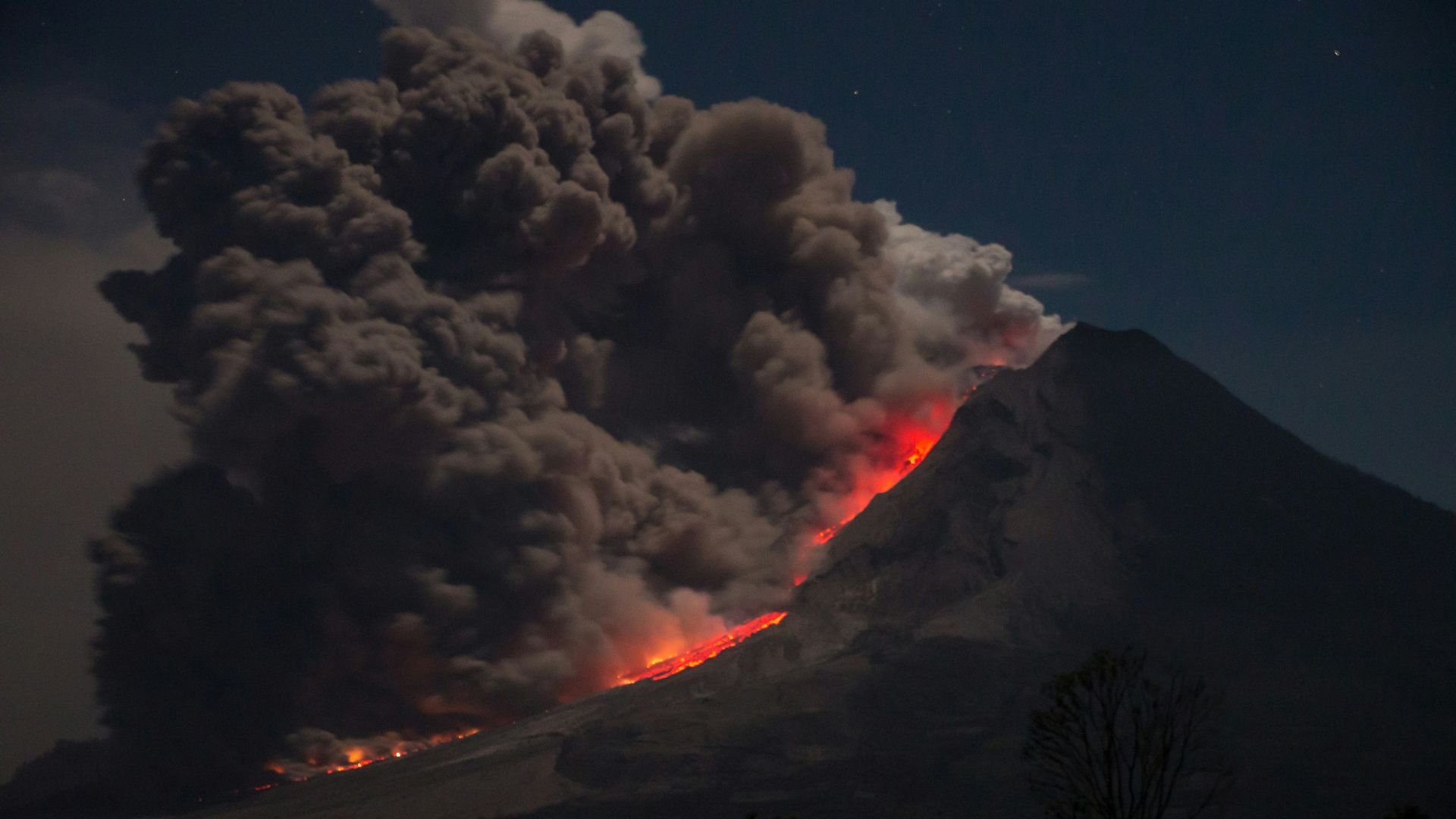
After Mount Rang exploded multiple times this week, the gasses emitted from the volcano have reached the atmosphere’s second layer. The height of the gas could cause dramatic weather shifts in the area.
The ash plume has been ejected roughly 65,000 feet into the air, according to satellite estimates. This height is about 25,000 feet higher than a plane would fly.
Potential Impact on Weather and Climate
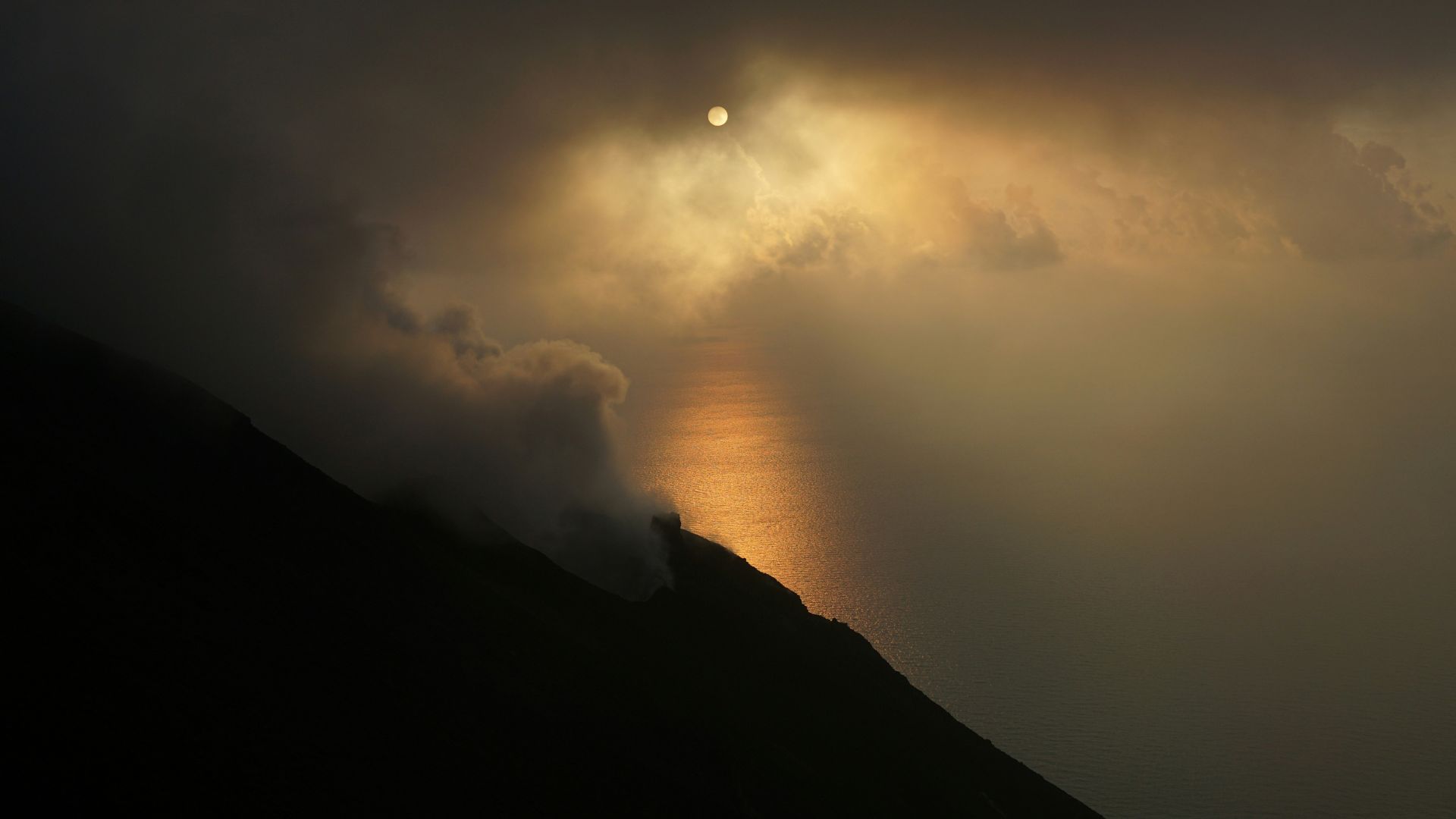
The eruption and expulsion of gas and debris could have negative effects on the climate by causing massive weather events. Volcanic eruptions are known to alter weather patterns in the nearby area.
The eruption has the possibility of impacting short-term global cooling and temperatures.
Residents Evacuated From the Area

Residents in the area have been evacuated from the area to maintain a safe distance from any falling debris due to the eruption.
Mount Rang’s influence on the climate may be minimal in the long term. However, for residents in the area the volcano has likely caused destruction and massive issues with weather patterns.
Expectations on Weather Conditions

Greg Huey, the chair of Georgia Tech’s School of Earth and Atmospheric Sciences, stated that the climate effects of the eruptions will most likely be minimal for global temperatures.
Due to the gasses that volcanoes eject into the upper atmosphere, the level of destruction and long term effects will be unknown for the time being.
A Series of Dramatic Eruptions

Since Tuesday of this week, Mount Rang has erupted more than seven times, according to the country’s volcanology agency.
The volcano reaches 2,400 feet in the air and is located in Indonesia’s North Sulawesi province.
Stratovolcanoes Causing the Damage
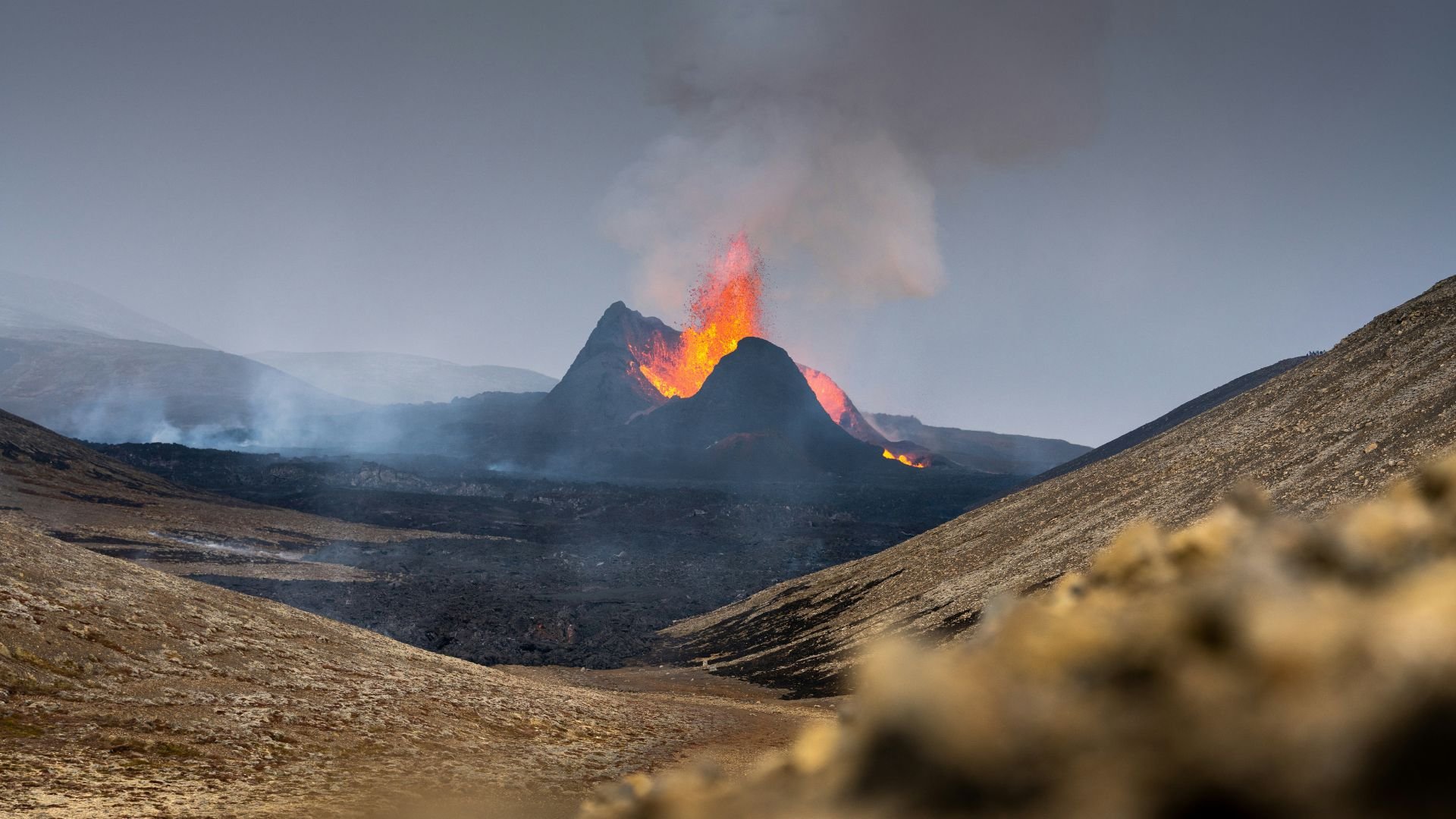
Mount Rang is considered a stratovolcano. This particular type of geological formation causes massive eruptions because of the shape of the mountain.
The cone shape of the volcano allows gas to build up, which in turn causes an even more deadly and violent explosion.
What Is Volcanic Ash?
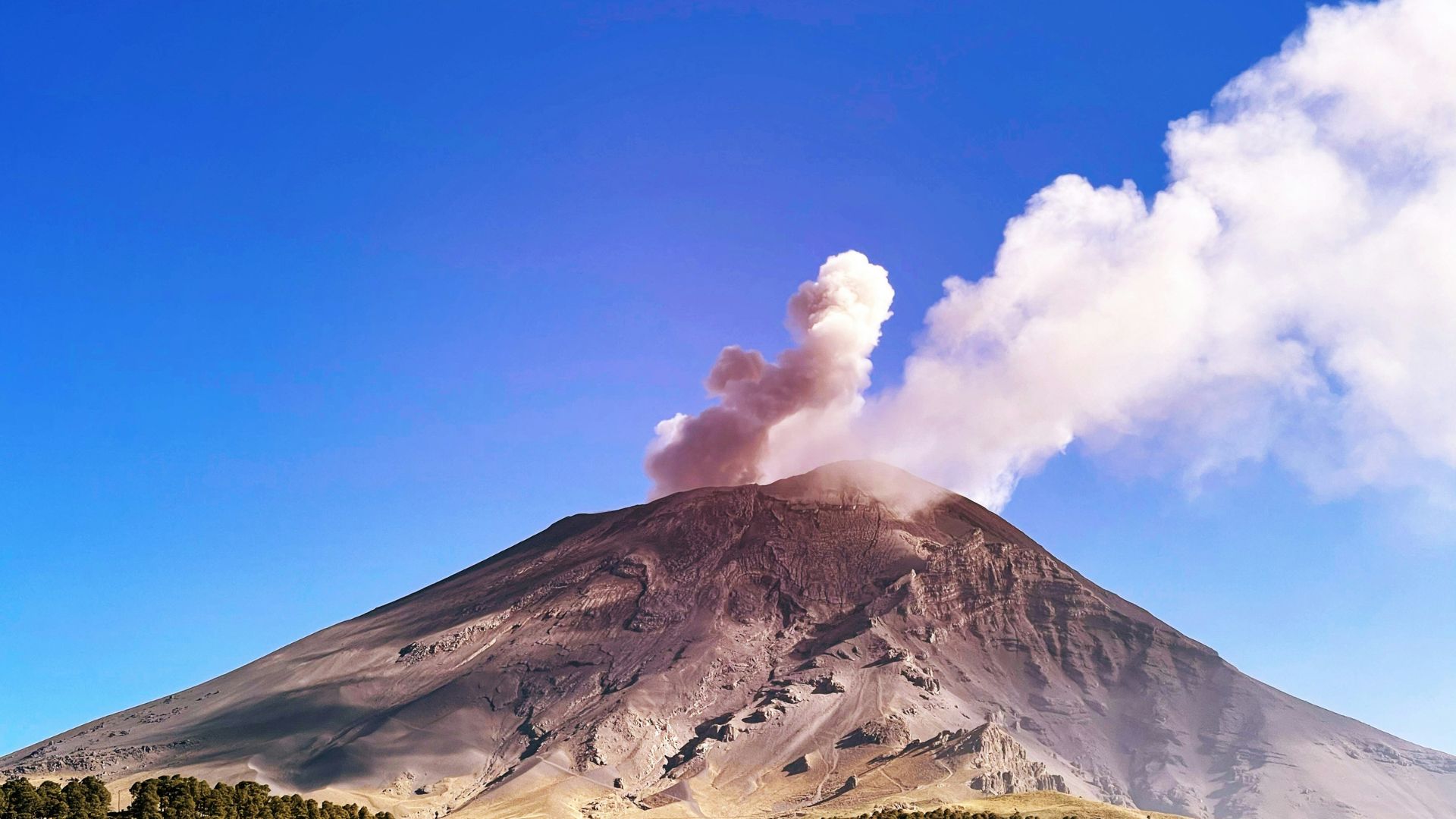
The type of ash expelled from a volcano is typically a mixture of crushed-up solids that include rocks, minerals, and volcanic glass. The falling solids can cause destruction on houses and wildlife.
The ash also includes gasses, such as water vapor, carbon dioxide, and sulfur dioxide, according to NASA. The gasses are the dangerous component that enters the atmosphere to cause a change in weather events.
Hazardous Air Quality
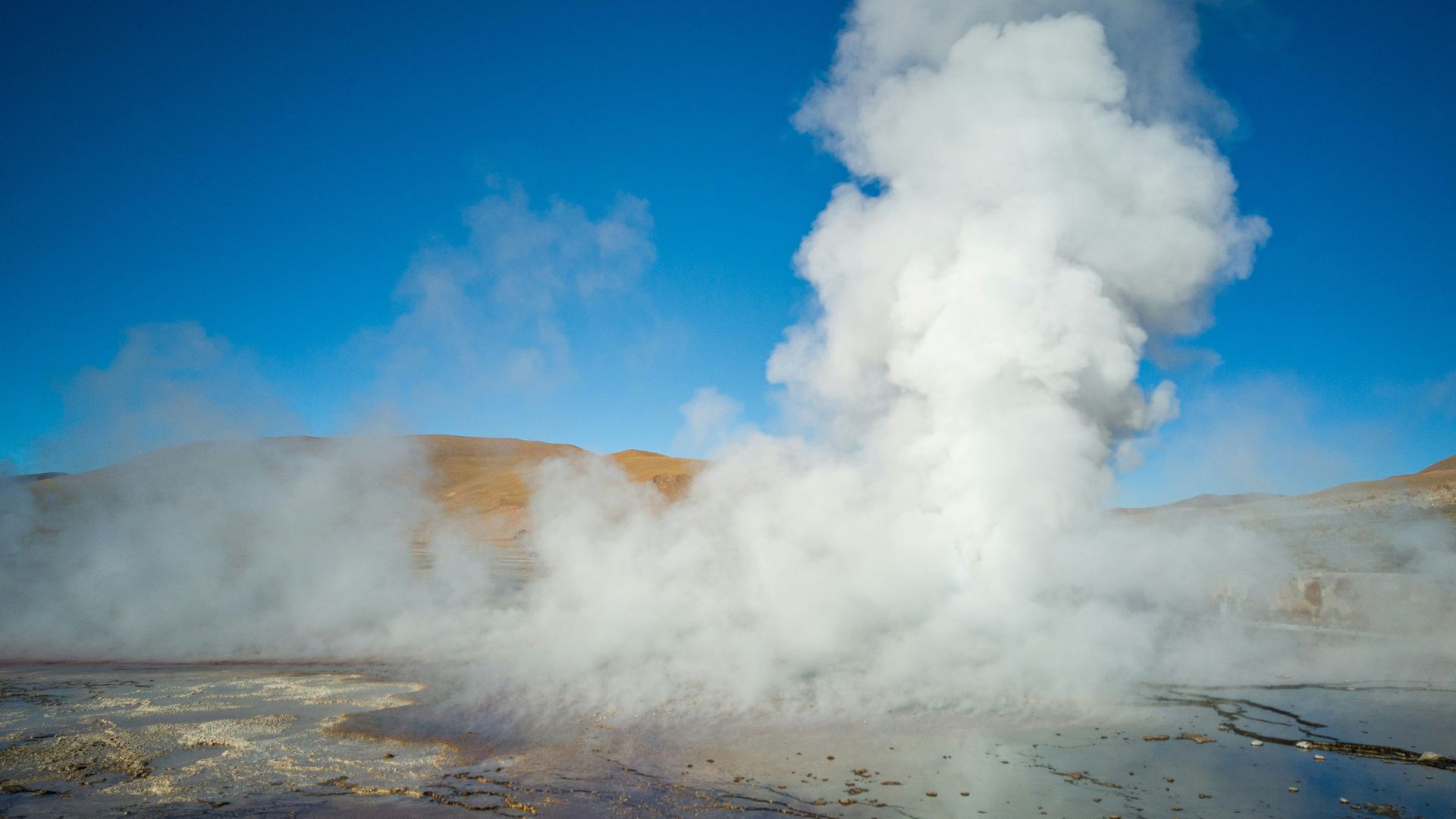
After an eruption of this size, the dense ash settles close to the ground and creates toxic air that is unhealthy for humans and animals to breath. Once the eruption stops, the ash begins to settle and the cycle begins.
The ash also creates a haze in front of the sun and blocks out warm light. The result is a dramatic cooling shift in temperatures near the explosion site.
Lightning Can Soon Be Caused by Volcanic Activity

Another cause for alarm in nearby areas is the increased risk of lightning activity.
When water droplets cling to ash stuck floating in the air, storm clouds begin to form. The ashy clouds then produce acid rain and lightning.
Mount Ruang Reached Far Into the Atmosphere
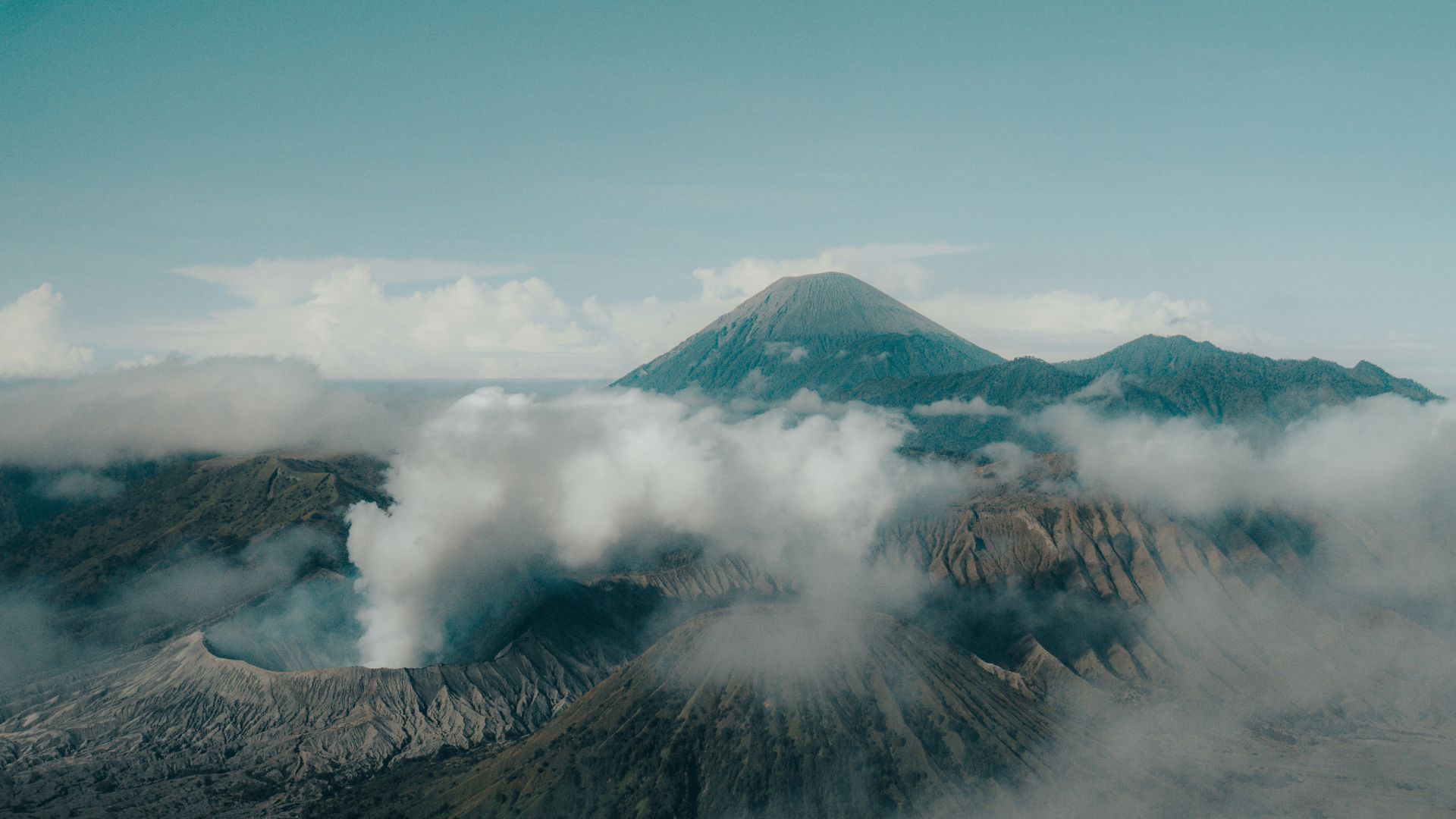
This particular type of volcano causes so much damage because of the levels that the ash reaches affect the weather in the atmosphere called the troposphere.
This space in the Earth’s stratosphere affects all weather events. The dry location fills with air and gas, causing extreme weather events when new gasses are added.
Unclear How Much Gas Entered the Stratosphere

It is currently unclear how much toxic gas and ash have entered the stratosphere and further into the troposphere.
Until the volcanic event settles, it is unknown if further explosions will continue to happen and how these could further alter weather in the area.








































